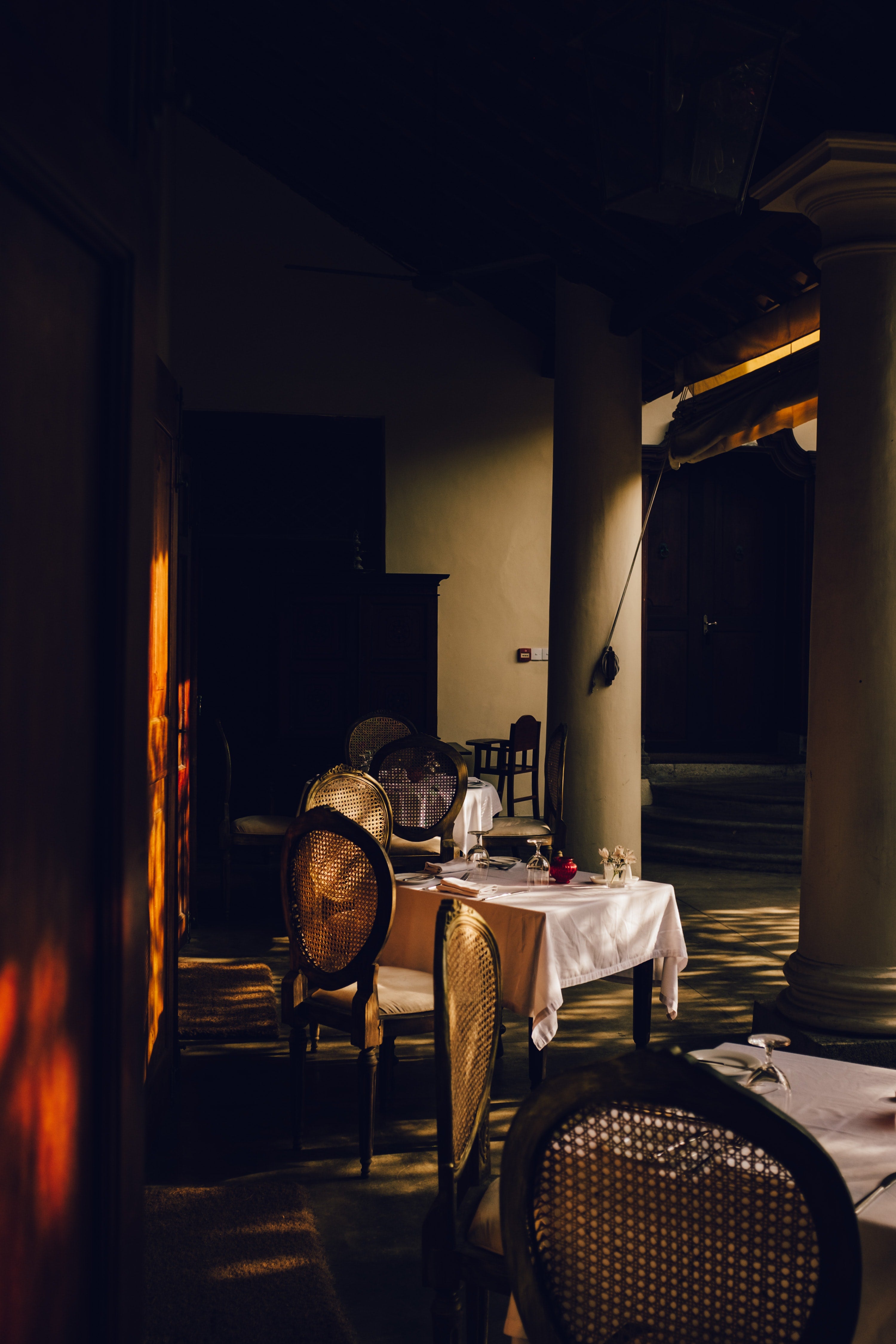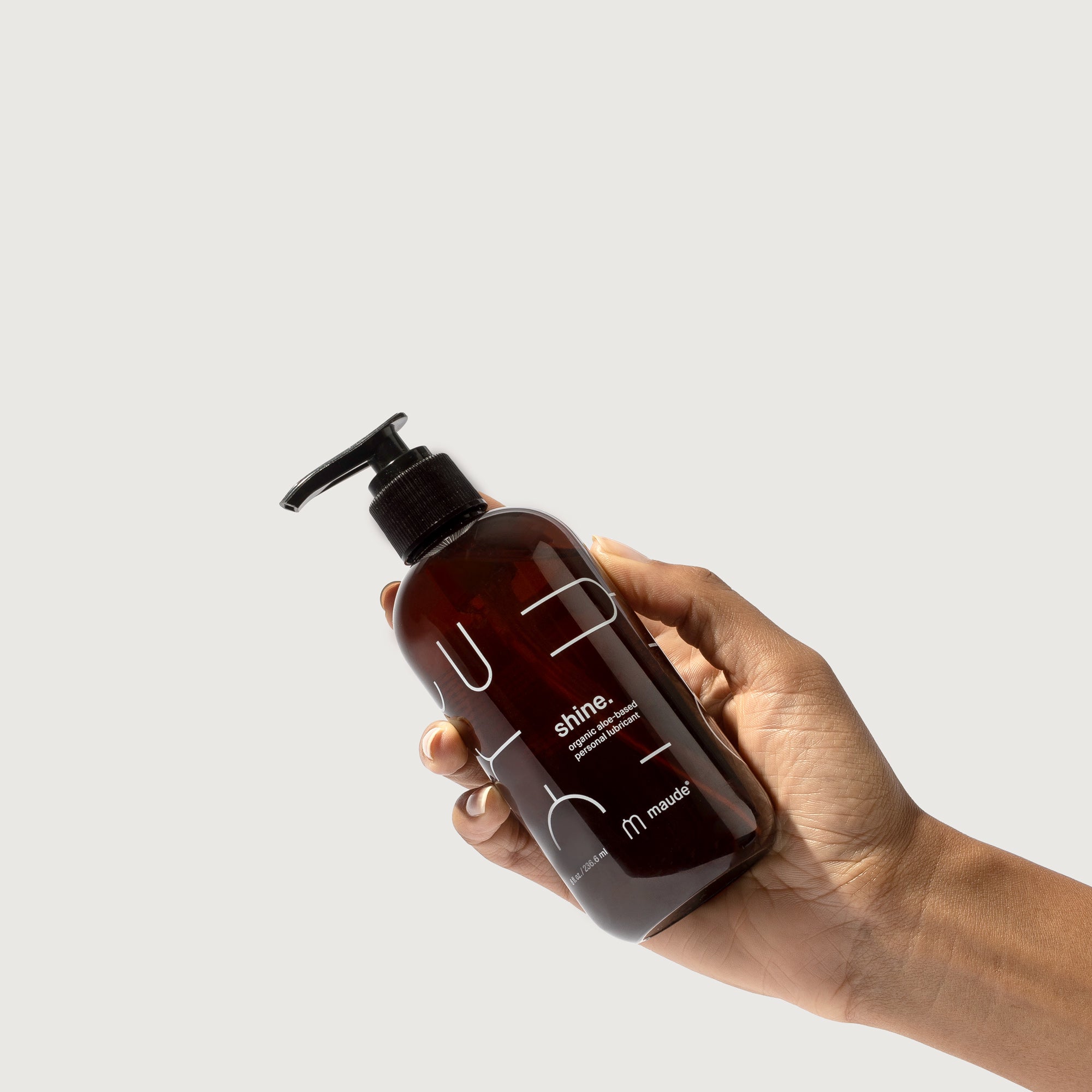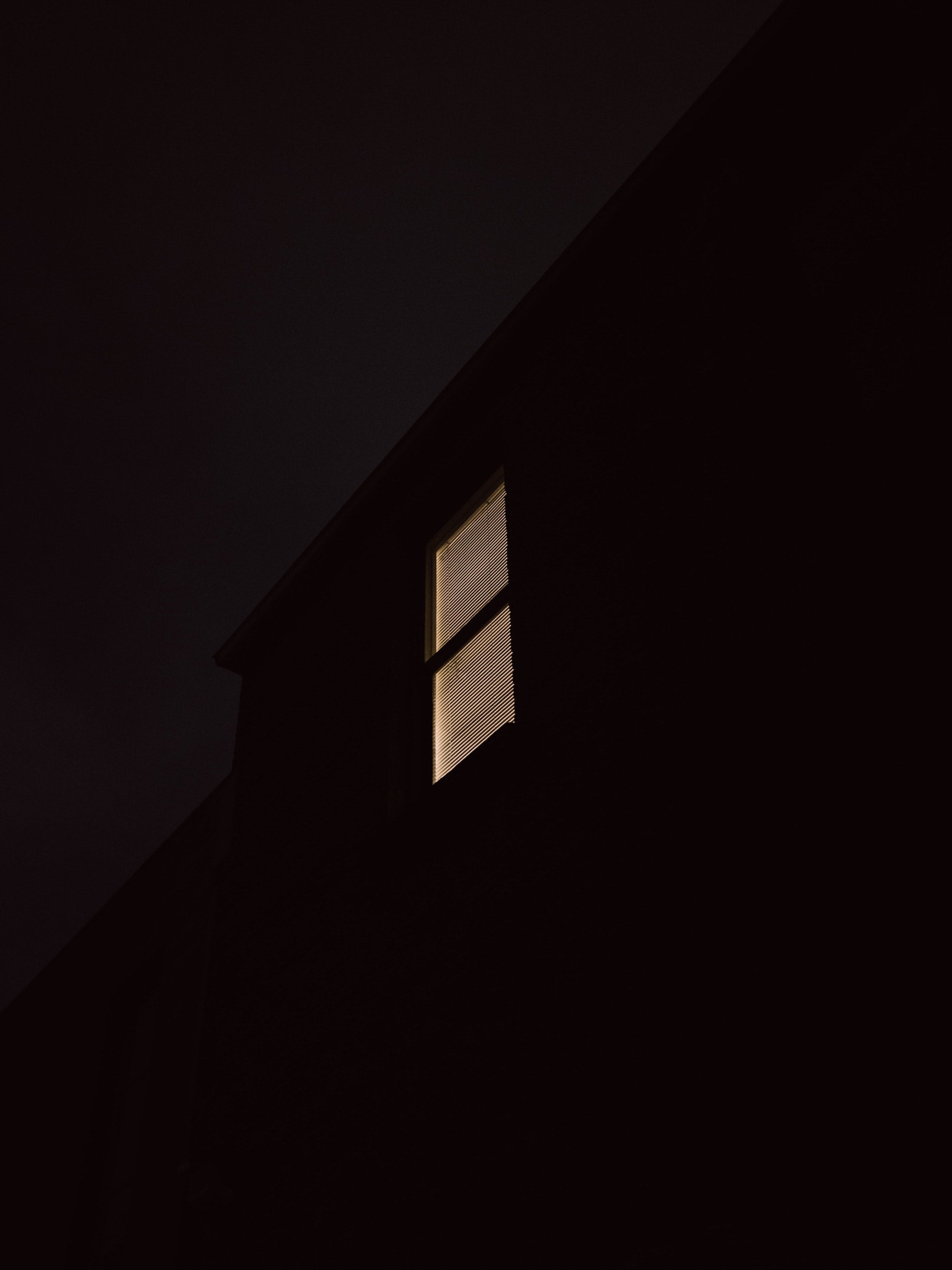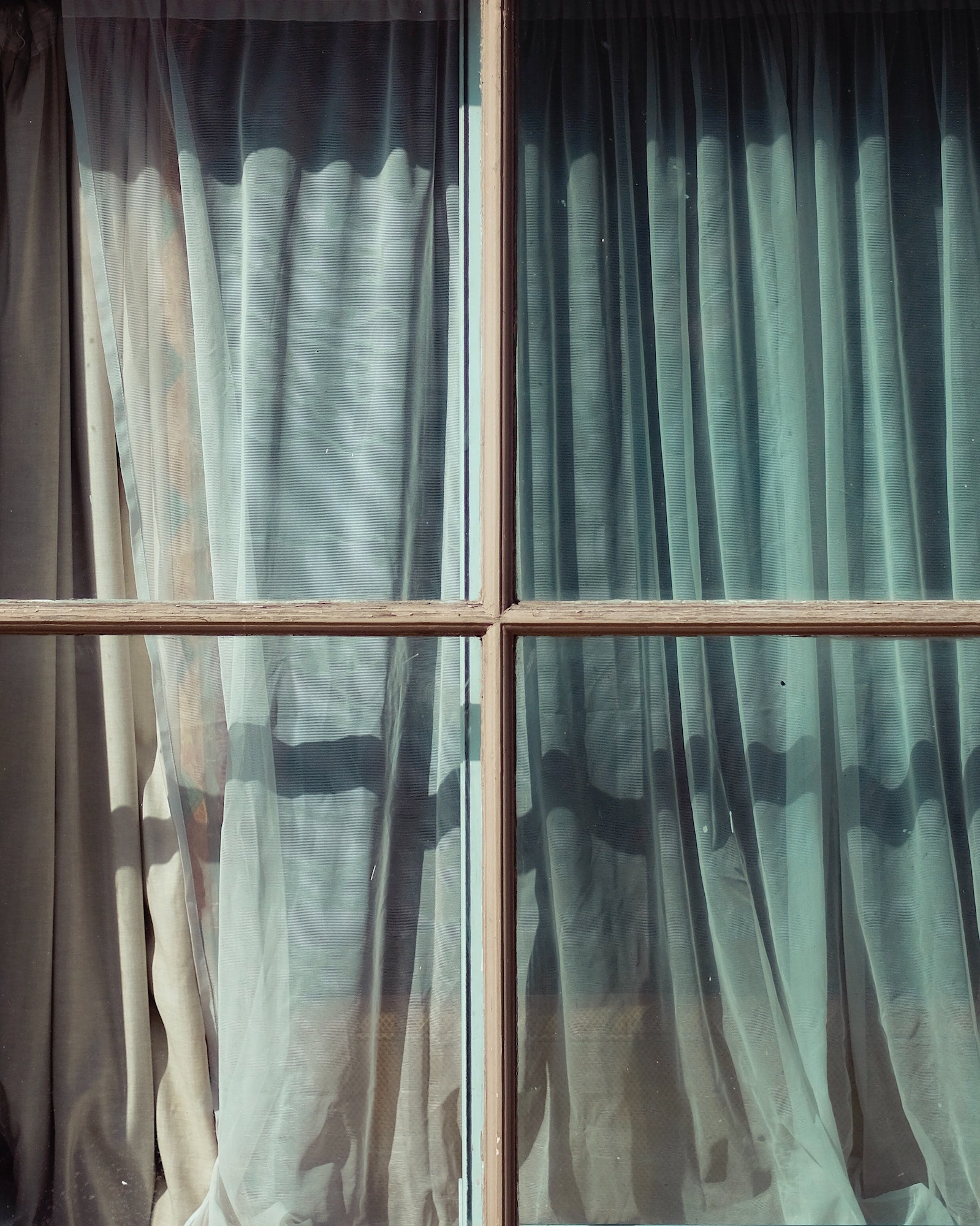What Will Our Sex Lives Look Like After the Pandemic?

Are we on track for the new roaring 20s?
As the government’s vaccine rollout expands and restrictions in some parts of the United States are lifted, the prospect of imagining a world post-COVID-19 is less and less out of bounds. As semi-normal days loom, the question of what exactly our sex lives will look like remains a murky picture: will fears of intimacy be compounded by holdover anxieties surrounding physical contact and contamination, or will a wave of hedonism sweep the country once we reach herd immunity?
In some ways, our relationship to love has already been altered. For those who are coupled up, the courses of people’s relationships over this past year have accelerated, whether it be towards an inevitable break-up or a closer union. And single folks might have found themselves drawn towards people that they wouldn’t normally expect themselves to be attracted to, a phenomenon that Yale Professor and sociologist Nicholas Christakis details in his new book on the origins and historical precedents of our current pandemic: times of crisis can sometimes cause something called misattribution of arousal, which is when the wires start to cross between feelings associated with physical danger and those of romantic attraction.
To understand what the sexual playing field might look like in the next couple of years and whether or not these pandemic-specific behaviors will persevere, it seems prudent to dig a bit into the past. Pandemics, plagues, and epidemics abound in the history of the world, and some can provide us with some prophetic notions as to what comes next in the forthcoming so-called “Roaring Twenties.” As the time after the Black Plague tells us, the pursuit of pleasure following an apocalyptic wave of worldwide illness is common—people even started having public sex in graveyards at the height of the plague in acts of flippant defiance. If we’re going to start to crawl our way out of this socially distanced era, there are some more recent examples of post-pandemic sexual shifts that we can look to for guidance.
The Roots of Iceland’s Liberal Sexual Attitudes
Iceland’s particularly liberal attitudes towards sex are well-documented by visitors to the small Nordic island and actual Icelanders themselves—a few years ago, The Reyjavík Grapevine published a story wherein an Icelander responds to a tourist’s perspective of the small city’s hook-up culture, which the tourist cheekily claims is so pervasive that sex is a prerequisite for an extended conversation. The idea of Iceland’s lax sexual attitudes is so culturally pervasive that airline Icelandair used it in their marketing slogans, promising travelers a so-called “dirty weekend” in the country’s capital city.
According to Icelandic-American sexologist Yvonne K. Fulbright, the roots of this sexually liberal society can be found in a royal decree from 1707. After a smallpox epidemic ravaged the country’s population, the King of Denmark deemed it lawful for every young Icelandic woman to give birth to six children regardless of her marital status. It linked fertility to patriotism, and promiscuity was untethered from any sort of shame. Our post-COVID sexual landscape may be a sort of hedonistic free-for-all, but it might be less about pleasure for pleasure’s sake than it will be rooted in a similar need to foster new communal ties and fundamentally rebuild our society.
The Original Roaring Twenties
During the 1918 Spanish Influenza, which at the end of its two-year duration caused 50 million deaths worldwide (with around 676,000 fatalities in the United States), single people bought marital ads in the classified sections of newspapers, and love letters became the norm. The Roaring Twenties soon followed, and as more people lived in cities than on farms for the first time in the history of the United States, so came jazz clubs, parties, and more sexual freedom among women than in previous generations as “petting parties” became all the rage. These petting parties weren’t as scandalous as sex parties nowadays (things didn’t progress that much further than kissing), but it might be a sign that a modern analog to these experimental sexual group settings will follow.
The popularity of love letters back then also begs the question as to whether or not some bygone notions of romance will slowly find their way back into contemporary dating culture. It’s not too hard to imagine, as social distancing has made casual relationships much more complicated than they’ve ever been in our recent past, that young people will turn away from the casual hook-up culture that defines their generation in favor of some old-world romance. Maybe we’re in for a time of true love after all.




